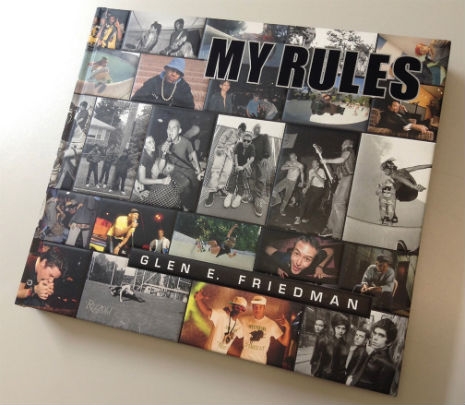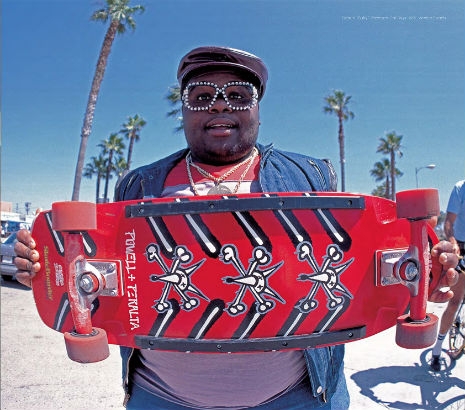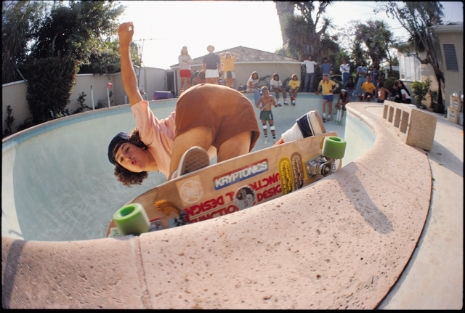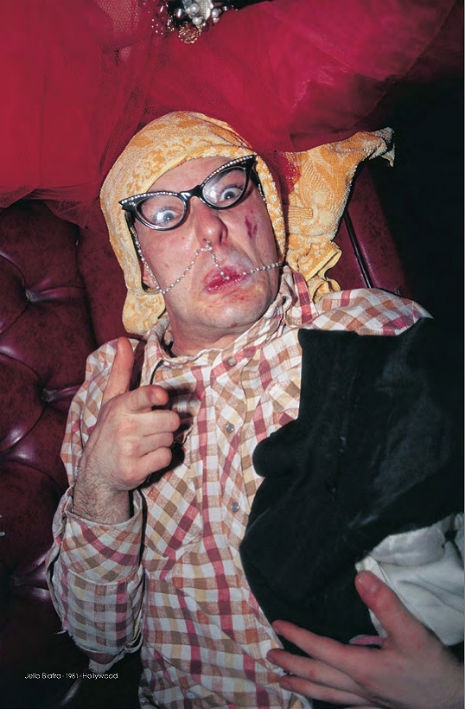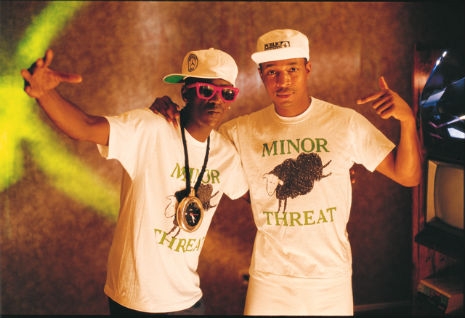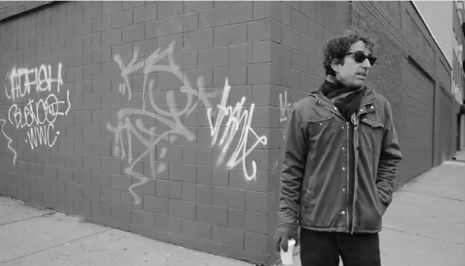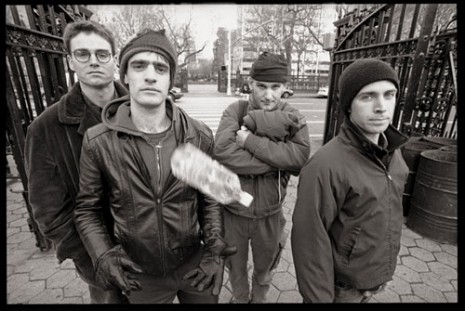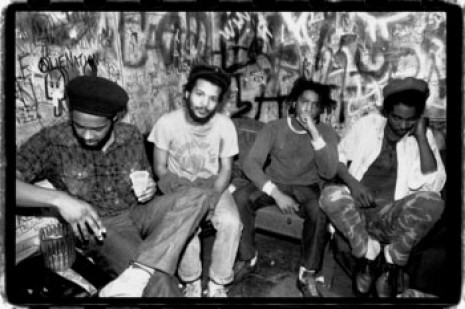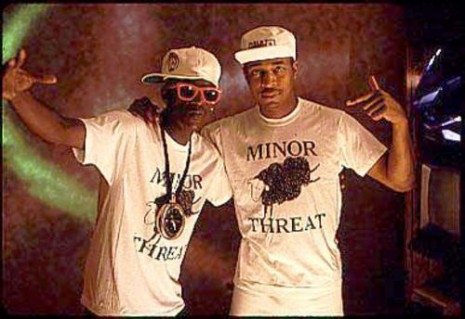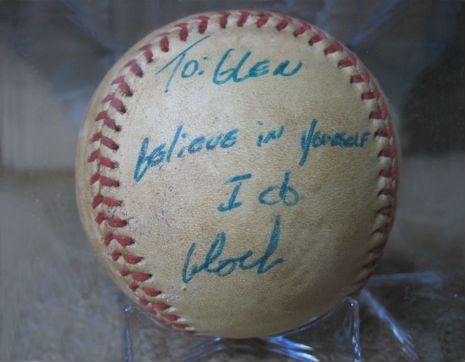
Dangerous Minds pal Glen E. Friedman is involved with a new “dockumentary” about flamboyant major league baseball pitcher Dock Ellis, who threw a no-hitter for the Pittsburgh Pirates in 1970 while high on LSD.
Friedman listed Ellis in the acknowledgements of his book, Fuck You Heroes and considers him to be a personal hero. Recently Glen gave an interview about his youthful interaction with the man they called the “Muhammad Ali of Baseball” and told his story to the filmmakers:
How did you meet Dock Ellis?
I first met Dock at Shea Stadium, here in New York, when I was a kid around 11 years old. When I went to games, I was fervent about getting autographs and memorabilia and I would always get there early to watch batting practice and to try to talk to the players ... asking for autographs, loose practice balls, broken bats, whatever a player had access to.
One afternoon Dock walked over to me, probably 1973, and asked why was I yelling so much. Of course I just wanted his attention, to say hello and to get an autograph. He said relax, not to worry, after he was done practicing he’d come back over and give me an autograph. A few minutes later, he came over and asked me why I wasn’t wearing an authentic Dock Ellis shirt? I happened to be wearing the nearest thing to a game jersey one could get in the early seventies - a 100% nylon Willie Stargell kid’s jersey I picked up in Cooperstown, just across from the Baseball Hall of Fame. There was Dock, pulling at my most prized shirt and asking why was I wearing a fake. I was bummed he was making fun of my favorite shirt, so I asked him, “Well, where can I get one of the Dock Ellis shirts you’re talking about? I’ve never seen one.” He didn’t really clue me in on that, but he signed my autograph book, for the first of many times.
Eventually in the conversation… Dock told me to meet him by the press gate later in the day, once he was sure he wouldn’t be called upon to pitch (midway through the 2nd game of a double header). I went to the designated place at the designated time and there came Dock strutting out in platform shoes, double-knit black flair paints and a red fishnet t-shirt. He was behind a fenced-in area, near the press gate and player entrance. People saw him and started yelling his name, “Dock, Dock!” He walked straight towards me. He’s got a brown paper bag, lunch bag sized, in his hand. He knelt down and started to talk to me, and said, “Don’t open this up! Don’t even peek inside this bag, until you get back to your seat, otherwise you won’t get outta here alive.” I said, “OK, Thanks Dock! See you around ...” thinking I’d got some super cool “Official” Dock Ellis T-Shirt.
I got back to my seat and looked inside the bag then, as discreetly as possible. I didn’t really believe my eyes, so I couldn’t just peek in the bag, I had to take out the contents to really see what it was, if in fact it was, yes it was his actual game jersey right off his back! I had a Number 17 Pittsburgh Pirates visiting team jersey. That was the first time I met Dock, but I saw him and hung out with him several times over the years after that.
You grew up a bi-coastal kid, in both Los Angeles and the New York metropolitan areas, how did you become a Pittsburgh Pirates fan?
I grew up a Pirates fan, because as most little kids, I just liked PIRATES—with eye patches, bandannas, swords and severed limbs—and I never let go. I never lived in Pittsburgh. The Pittsburgh Pirates team that I grew up with became great winners just as my baseball enthusiasm was peaking. Remember, from ‘70 to ‘75 they won four out of five National League East pennants, one NL Pennant, and the World Series in 1971. Those years had to be there strongest in the history of the franchise. With players like Roberto Clemente, Willie Stargell, Al Oliver, Bill Mazeroski, Dock Ellis, Steve Blass, Manny Sanguillen, what’s not to like?
How important are the Pittsburgh Pirates to Dock’s story and how important is he to theirs?
Dock was the personification of the growth of the Pirates team through the civil rights era, as much as they were the steel town they became a melting pot of the new American society. Dock was the antithesis of Jackie Robinson, but he was the man who Jackie and so many other black major league players before him were waiting for. He was the Satchel Paige of his generation: unapologetic, friendly, spirited, confident, rebellious and wise. The pitcher as the first all black opening line-up took the field, there were few who could pull that off as Dock. Being one of the first two black pitchers, with Vida Blue, to open the All Star game. Being the first pro ballplayer ever to be talked about for wearing curlers in his hair, which unless you were black, you had no idea in the ‘70s what that meant culturally. Dock, perhaps more than any other player up to that time (or since), “kept it real.” Who was important to whom? You figure it out.
Read more…
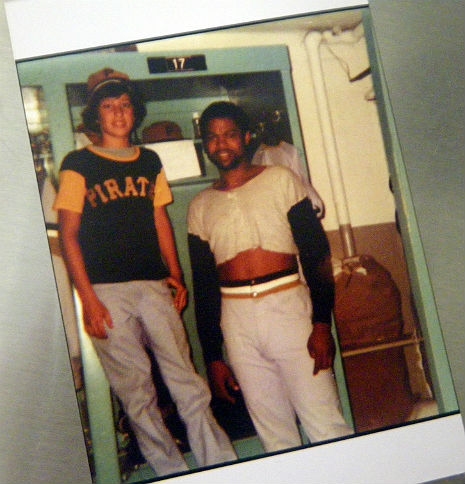
Posted by Richard Metzger
|
06.29.2012
05:33 pm
|









